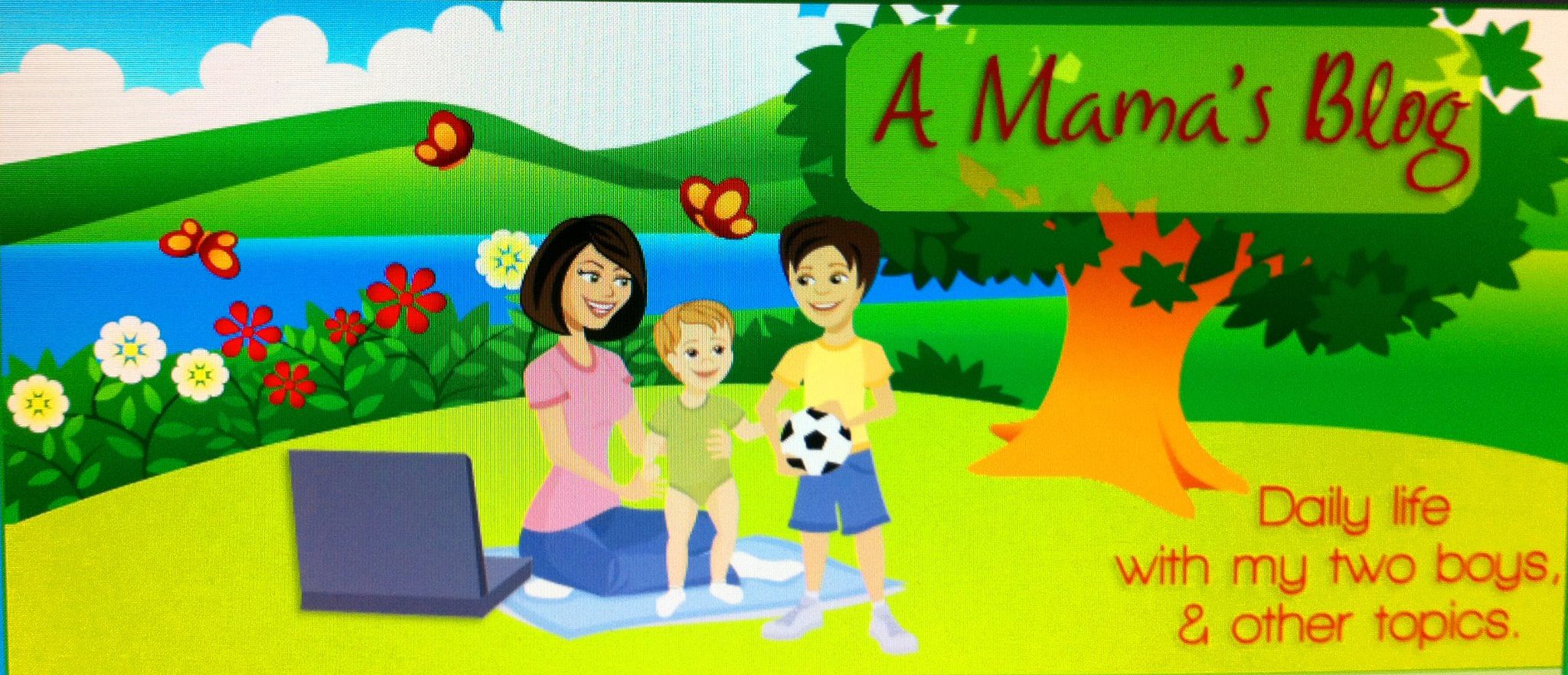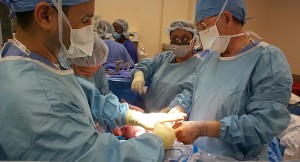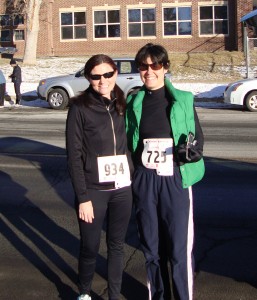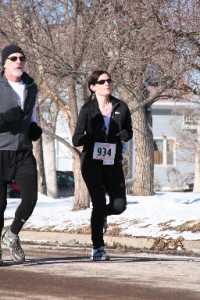On Monday afternoon, my siblings and I found out that my mom was in the intensive care unit, in serious condition in Minnesota. We were told her condition was worsening, so my sister Mara and I decided to go to Minnesota. We arrived on Wednesday.
Three days later, I’m sitting next to my mom in her hospital room while she sleeps, writing this. My mom is dying and is not going to recover. The only option available would extend her life by a maximum of 3 months, and she would be in the hospital, connected to machines. Yesterday my Aunt Laura (who is a nurse), Mara, my mom and myself talked. My mom knows her condition but how do you just decide you are done? How do you tell your children that you want to die? Laura says it is very rare when someone can make that decision-fully conscious and aware like my mom is- she said it is normally just too difficult.
Laura and my mom have been friends (not just sister-in-laws) for over 30 years. Laura said the words that we could not- she spoke aloud what needed to be said, but we couldn’t say, “…you aren’t going to get better, and you are going to die.”
After that Mara and I talked to my mom. She was considering the alternative option that would give her a few more weeks, but would only be delaying the inevitable. I don’t think anything has ever been as hard, as the conversation that followed that Mara and I had with my mom.
A bit later her doctor returned to tell her he could set up the treatment, and my mom, in a strong voice told him no. She told him in the days she had left, she didn’t want to be on machines, with tubes in her body. She wanted to be comfortable and pain free, surrounded by her family. Her doctor agreed this was the best option, and she had made a wise decision.
This afternoon my mom’s wishes will be carried out, and she is moving to a highly recommended hospice. We will be with her in the hospice. They will allow us to bring her two cats in to visit my mom. They will cook anything she likes, and she will be pain free, and comfortable.
The last few days have been mainly a blur. I am so emotionally and mentally drained- I’m just in hospital mode. My sister and I feel like we have been here for months- not days. We knew “one day” this would happen, but I don’t think you can ever be prepared for this.
All of my mom’s friends, and co-workers have been by to see her, and they are amazing. They have told us how much they adore my mom, and what a wonderful and loving person she is. They have brought my family much comfort and their kindness has touched us all.
Our family and friends have been so wonderful as well- they step in when we can’t. I honestly don’t know what we would have done if Laura hadn’t come. We didn’t ask her- she just booked a ticket and came. My sister-in-law, Kat, is taking care of us. She makes sure we eat, she drives us where we need to go (directions are not Mara and I’s strong point), and she makes my mom laugh. Our friends back home have sent fruit baskets, flowers, directions when we are lost, advice, and support. One friend is coming in tonight to help Mara and I in these final days, when Laura has to go home. My mom’s hospital roommate has bonded with our family, and she has said our mom is her hero. Old friends of my mom that we haven’t heard from in years are calling and offering their support. My mom has commented so many times in the last few days that she never knew so many people cared about her. We are all so grateful for all of the love, support, and help all our family and friends have shown our family.
My mom has a few days left to live, and this time with her is precious and a gift. We have had many good moments and conversations already. She has talked to her grandchildren on the phone, and has been able to hear their voices one last time.
We only get one chance to do this. While the emotions are extremely difficult, I feel it will be a true blessing to be with my mom when the time comes for her to pass away. I am very grateful I get this final block of time to love my mom, and say good-bye.






